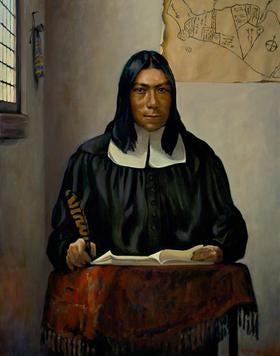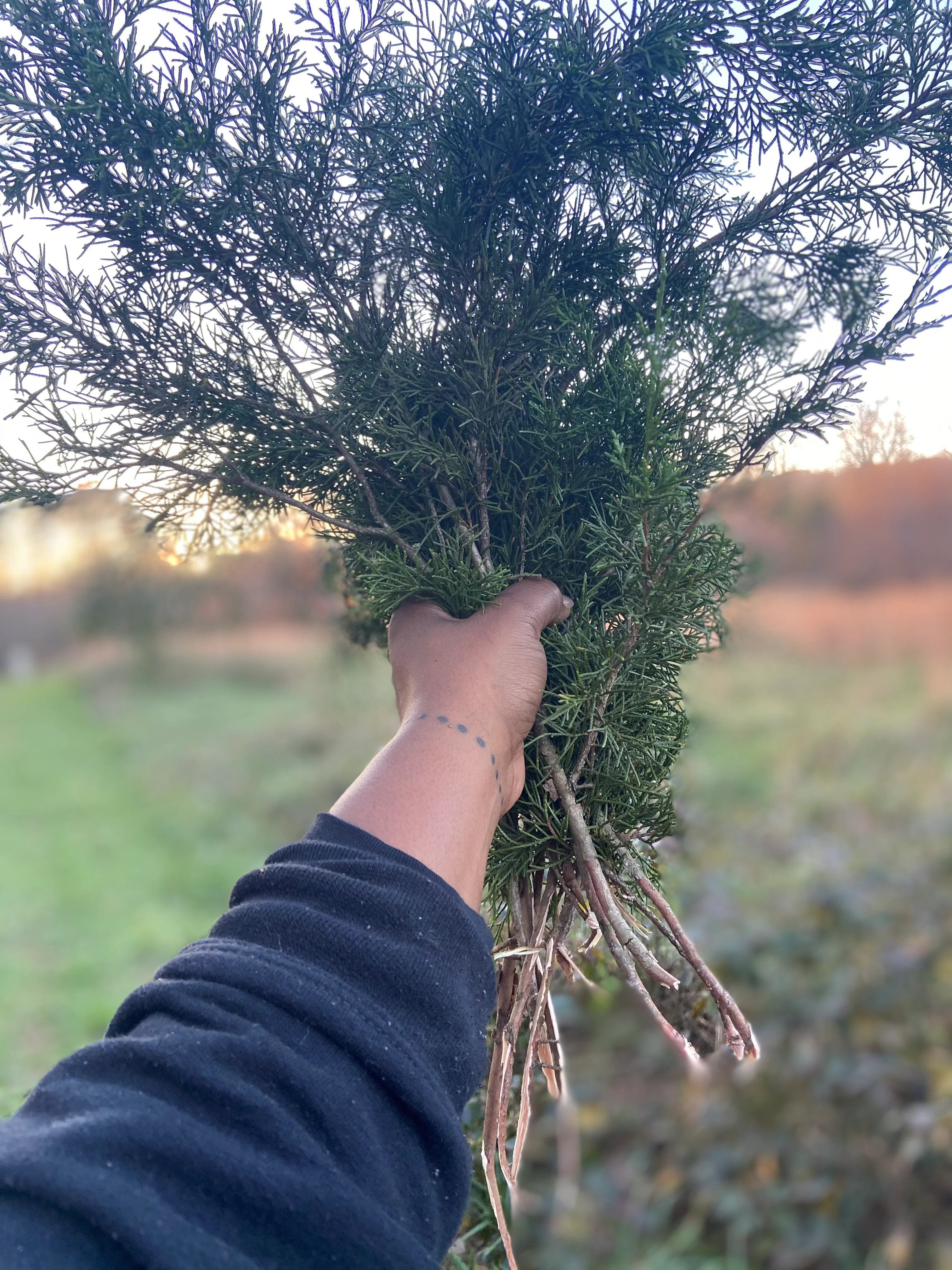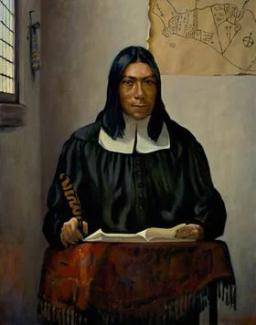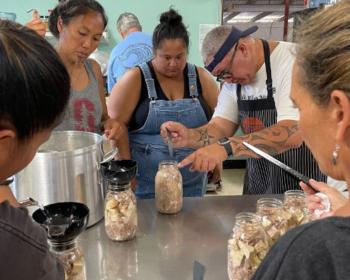
“Paper genocide” is a term used to describe the intentional destruction of documents and records related to a particular group of people, usually with the intent of erasing their histories and cultures. In the United States, it has been used as a ploy to destroy the histories of Native American and African-American cultures. Many scholars, historians, and museums contribute to the historical wrongdoings by publishing works that further the oppression of Native Americans. The term is often used in reference to the destruction of records related to Native Americans, such as the destruction of treaties and other documents related to their land rights.
The practice of paper genocide has been done for hundreds of years and still finds its way into institutional systems today. Laws continue to be created at the state and federal levels that perpetuate paper genocide. When the first census was taken in 1790, census takers who came into the Native American communities collected race classification data based upon the way they perceived community members to look, using the categories of “red,” “black,” “white,” “negro,” “Indian,” or “mulatto.” Throughout the years, there has been a decrease in the number of Native Americans on paper, which endorses headlines such as "Last of the Mohicans” and "Last of the Montauks."
Experiencing this type of genocide develops into historical and generational trauma beginning in early childhood. Schools and other institutions use these published works that perpetuate misinformation, such as writing about Native Americans from the past tense perspective. For students who descend from Native Americans, the teaching of this information contradicts their heritage. Even in the classroom, students are punished for speaking out and correcting the teacher. "But how can all of the Indians be dead when I am sitting here in the classroom?" "How come this map does not show where my Tribe is?" These are a few of the questions children in early education ask. As they move through their educational career, they begin to ask less and less. They suppress all of the frustration they experience. This causes a domino effect that permeates the Native American community. Statistics show that Native American youth are in the highest percentile for dropping out of high school and suicide in the United States.

Caleb Cheeshahteaumuck. Painting by Stephen Coit.
Education for Native Americans
Many of the most highly regarded institutions were created to assimilate and destroy the culture of Native Americans. This pattern has continued since the graduation of Caleb Cheesahteamuck, who was from one Wampanoag Tribe in New England. He was the first Native American to graduate from Harvard College in 1655. Two other Wampanoag people started school with him; however, they dropped out. Remember that this was a period directly after the Pequot Massacre, which ended around 1634 and resulted in the Treaty of Hartford ordered by Governor John Winthrop. The school itself was abandoned after King Philip's War, which ended around 1676 and resulted in a period of uncontrolled colonial expansion that is ongoing today. These wars were an example to all surrounding Tribal communities that there would not only be genocide to their people through massacre, but also through legal documentation—paper genocide.
Cheesahteamuck grew up in an oppressed system where children witnessed the slaughter of their mothers, fathers, siblings, grandparents, aunts, uncles, and leaders of their Tribes. Children were severely punished and often murdered for uttering a word in their language or mentioning their Tribal community. If they showed any practice of their cultural traditions and way of life it could result in execution. They were not allowed to practice any of their cultural mourning customs and had to move through school without expressing their emotion about their friends or family who had been punished. Any child that witnessed these harsh punishments experienced what is known as unresolved grievance. The disruption of mourning practices can cause severe psychological trauma. Individuals may find it challenging to maneuver through life with an unresolved grievance that will affect them cross-generationally.
Eleazar Wheelock, a congressional minister from Connecticut, established Dartmouth College as an institution to educate Native Americans. This was years after the end of King Philip’s War, and over 100 years before the idea for the Carlisle Indian School was conceived. Both of these institutions were a part of the system of colonial expansion. There are written accounts of Tribal youth writing letters to Wheelock about their repentance for speaking their language or thinking of their traditional ways of life as early as age nine.
Fast forward to today, where the direct descendants of Cheesahteamuck and many others like him who went through the same institutions are living in the same traditional homelands of their ancestors, dealing with the same system that has been created to erase any historical context or belief of their identity. The historical trauma never leaves their DNA. Women who were raped while pregnant, taken from their families and homelands, or who experienced the forcefulness of conversion and assimilation have given birth to children with genetic traits directly linked to this cycle of oppression. These children still encounter many of the same challenges of their ancestors, which can trigger their historical trauma.
Shared Histories
Native American and African-American histories are intertwined. One shared history is the ship named "Desire," which landed in Massachusetts Bay Colony shortly after the Pequot Massacre carrying enslaved Africans in exchange for Native American cargo. In 1637, Captain John Mason wrote to the Governor of the Massachusetts Bay Colony, John Winthrop, "The Captives we took…we divided, intending to keep them as Servants, but they could not endure that Yoke…" Mason was responsible for the first trade of Native enslaved people. The remainder of the Pequots that survived the massacre were sold off in exchange for African enslaved people. Indian enslaved people were recognized as property in all the English colonies and were openly bought and sold at public and private sales like negroes and other property.
Although this is just one account of the sparsely documented exchange of African and Native American enslaved people out of the same seaport, it is evidence of a shared history. Shortly after Governor Winthrop received this letter, he helped to write the first law in the U.S. officially sanctioning the practice of keeping African people enslaved. By 1641, Massachusetts Bay Colony was the first of Britain's mainland colonies to make slavery legal. This chapter is not often discussed when speaking about either African-American or Native American history, yet it illustrates that it is history for both communities. As more shared histories are learned within both communities, the healing to break the generational trauma will transpire.
Division within Communities
The publishing of scientific “evidence” of racial classifications by Carl Van Linnaeus in 1735 created the division among communities that is still widely accepted to this day. Van Linnaeus developed the first modern study of man, “Systema Naturae,” a taxonomic system based on a criterion of skin color. He defined Homo Americanus as “reddish, bad-tempered, stubborn, contented, and regulated by customary rights ;” Homo Europaeus as “white, fickle, confident, blue-eyed, gentle, and governed by laws;” Homo Asiaticus as “sallow, grave, dignified, greedy, and ruled by opinions;” and Homo Africanus as “black, controlled, manipulative, lazy, lustful, careless, and governed by caprice.” Throughout the centuries, Linnaeus's work was a foundation for many anthropologists to continue classifying people based on their phenotypes. This study has impacted the social dynamics of African-American people since the beginning of slavery, because living through generations in a world that classifies them as less than a person creates severe psychological trauma.
The practice of internally dividing a community based on skin shade, hair texture, or body shape has become a part of the culture and results in self-identity issues. When a person looks in the mirror and sees that they fit those published stereotypes, they can often self-destruct from the inside out. We begin to see the projection of their self-hate onto others who look like them. This starts in early childhood and is passed down from generation to generation.
When people think about Black-on-Black violence, many think of gangs and geographical wars. However, an area that is important to examine is African-Americans' history in corporate America's culture. The conflict among African-Americans in corporate America can be categorized by political, social, and economic inequalities. Because there are only a limited number of positions for People of Color in corporate America, the Willie Lynch Theory plays a significant role in the behavior of corporate culture. The Willie Lynch Theory is a pseudoscientific theory that suggests African Americans can be controlled through psychological manipulation. It was proposed by Willie Lynch, an 18th century slave owner. Such behaviors, which are forms of lateral violence, include:
- Not speaking to or acknowledging one another
- “Crabs in a barrel” behavior, which is refers to a syndrome where a group of people in a similar circumstance hurt others in order to get ahead
- Isolating or disassociating oneself from other African-Americans
- Viewing one other as competition
- Withholding vital information from others to navigate through an organization
This theme can be seen throughout Native American communities as well via colorism and Tribalism behaviors within or among Tribal Nations. From the earliest period of European colonization, stereotypes of Native Americans portrayed the “good Indian” who helped the Europeans and the “bad Indian” who resisted the Europeans. Common stereotypes are brave warriors and seductive princesses. Although these images mask the reality of the Native American culture, often, members of the Tribal community divide themselves based on these stereotypes. To those who fit the “good Indian” stereotype, this could mean being elected for Tribal governments, hired as department heads, being honored and awarded publicly, and included in important meetings. Those who fit the “bad Indian” stereotype may be prevented from accessing resources, shut out from participating in Tribal affairs, or removed from Tribal rolls.
Colonization has forcibly removed the practice of the traditional customs of Tribal Nations, which makes it hard for many Tribal Nations to return to their traditional ways of living together. Many Tribal Nations have started to decolonize as part of their healing process. Decolonization is the undoing of colonialism within the Tribal Nation. However, to begin this step, the members of the Tribal Nations have to start dealing with their triggers individually.

Holding chikkup (cedar), a traditional medicine for cleansing, fever, and respiratory health. Photo by Cheane Bullock.
Healing Process
Both African-American and Native American communities overlap with cross-generational historical traumas. The healing process starts with an individual, who can begin to assess where their issues stem from. When individuals within the community have gone through generation after generation of trauma, they need to heal from it to begin to lessen the trauma for the generations to come. Self-identity is rooted in the same experiences of those children who watched their Tribes—Native American or African—be massacred, and were forced to assimilate into beliefs from a culture not of their own.
The educational system has further developed trauma from early childhood for generations spanning hundreds of years. Whether a child was sold into slavery or taken from their home and put into an institution or boarding school, in both cases, children were stripped at an early age of any memory of who they are or where their family comes from. They begin to grow up without any knowledge of themselves.
In today's society, more people are spending money on researching their own history and family genealogy because our identity has been stolen from us for so many years. Once people complete their search they are motivated to reconnect to their ancestral customs; however, without learning about these customs it can still be considered cultural appropriation. It is vital for individuals to search for their cultural identity as well as deal with their mental health and inherited trauma. Many African-Americans are researching the genealogy of their family's origin, leading them to a specific Tribe. What is often left out of the research are the customs and historical events that belong to that particular Tribe.
The ceremonies, traditional cultural practices, and languages of Tribes that were once illegal to practice are now being revitalized and becoming widely taught in the households of Tribal communities. Years of fighting for cultural reclamation and restoration following the cultural and spiritual rape of their people on the homelands in which they still live have caused many to become protective over appropriated aspects of their culture. It takes the understanding of the Tribe as a collective and the individual searching for their cultural identity to acknowledge it is all part of the healing process. Healing redresses historical wrongs and gives those doing the healing the opportunity to become leaders for others embarking on the same journey.
—Chenae Bullock is an enrolled Shinnecock Indian Nation Tribal member and descendant of the Montauk Tribe in Long Island, New York. She is a community leader, water protector, cultural preservationist, Indigenous perspective historian, and humanitarian. She is also the founder and CEO of Moskehtu Consulting, LLC, and a 2022-2023 Cultural Survival Writer in Residence.
Top photo: Holding harvest corn. Photo by Chenae Bullock.





